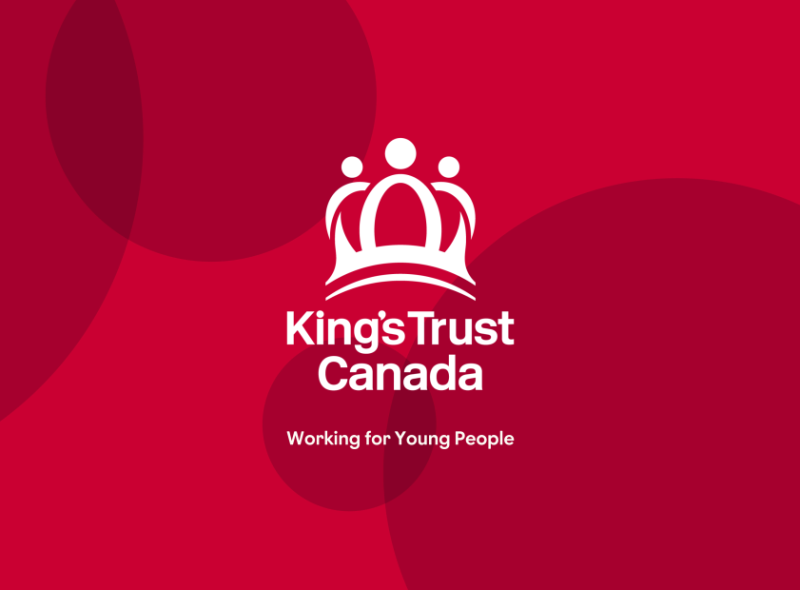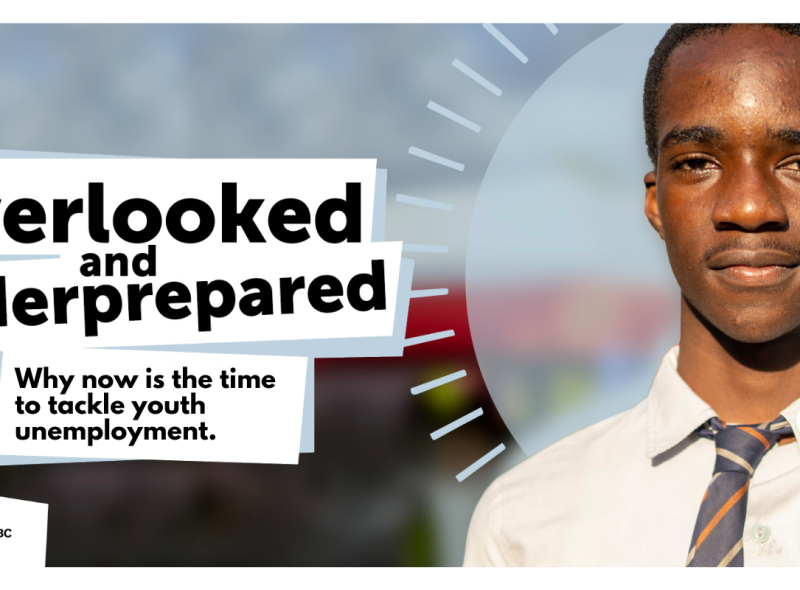This opinion article authored by Farah Mohamed, CEO of Prince’s Trust Canada was originally published by iPolitics. Read the full article here.
The kids are not alright, and at this rate the rest of us won’t be either. For the past two decades, the youth unemployment rate in Canada has consistently been double that of older Canadians. But what does this figure really mean? It means missed opportunities, limited earning potential, and a generation grappling with the fallout of multiple crises.
Canada’s youth unemployment rate is also volatile. The financial crisis of 2008 and the pandemic revealed the unsettling truth that, when the economy stumbles, our young workforce if often hit the hardest. Add skyrocketing inflation to the equation and young Canadians are left to navigate a landscape of diminished job prospects, lower wages, and higher costs of living than the generation before them.
Over the last three years, sectors like retail and hospitality, where many young Canadians start their careers, were deeply impacted by pandemic restrictions which resulted in the laying off of a predominantly younger workforce. Across all industries, the pandemic’s uncertainty caused employers to put the brakes on internships, summer hiring, and co-ops, putting young people at a distinct disadvantage when trying to break into the job market. Canadian youth have been handed an incomplete puzzle and told to make it work.
Even when the economy is doing well, young people often find themselves on the sidelines for three key reasons. First, entry-level positions demand skills that youth simply haven’t had the opportunity to acquire. Next, the job market favours experienced talent over inexperience. Finally, when companies cut back, it is often the young hires – the least expensive people to lay off – who lose their jobs.
The employment landscape has also shifted since the late 1980s. The days of steady, full-time gigs are becoming a rarity for young Canadians. Blame it on the digital revolution, the rise of international trade, or a decline in union power, but the result is undeniable: a generation that is overlooked and underprepared.
This shift doesn’t just alter the way young people work – it shapes their entire view of the future. Studies have shown that persistent underemployment takes a hit on your self-esteem, mental health and overall well-being.
Beyond the social implications of Canadian youth failing to launch, there are long term economic threats to consider. Prolonged underemployment at the start of one’s career can set a lower earnings trajectory that can extend for decades. This impacts everything from retirement savings and purchasing power to upward mobility and poverty reduction. For the Canadian economy, the ripple effect includes lowered economic resilience, productivity, and overall competitiveness on the global stage. Perhaps most importantly, not addressing youth unemployment in a meaningful way will result in a reduction of tax revenues that subsidize our social safety net. With an ageing population, a climate crisis, and the new reality of global pandemics, now is not the time to set us up for a reduced social safety net.
A recent report by the Prince’s Trust Group and HSBC, surveyed nearly 13,000 respondents aged 18 to 34 from various countries, including Canada. The results paint a stark picture of the daily challenges young people face. Two-thirds juggle multiple jobs to make ends meet, while a similar percentage face stagnant wages in the face of rising costs. Almost a third grapple with irregular income, and the majority feel that the education system falls short in preparing them for the workforce.
I want to be clear: this is not just a youth problem, it’s an everybody problem. Even if you don’t care about your kid potentially living in your basement forever, you should care about a generation of youth who are unable to power the economy enough for you to have decent healthcare in twenty years.
The youth unemployment crisis is not a dress rehearsal — we can see its impact playing out in countries like South Africa and China today. Canada needs to act fast with an all-hands-on-deck intervention. The education system needs to better prepare youth for the workforce; employers need to offer higher entry wages and create entry-level positions for those without extensive experience, and importantly, the government needs to take on a decisive leadership role, investing more, introducing innovative policy and taking calculated risks when it comes to upskilling youth and incentivizing employers to hire youth before it’s too late.







